 A major auction of Abraham Lincoln artifacts held May 21, 2025, brought in nearly $8 million dollars. The largest amount for any single item was over $1.5 million (including auction fees) for a pair of blood-stained gloves that Lincoln wore the night of the assassination.
A major auction of Abraham Lincoln artifacts held May 21, 2025, brought in nearly $8 million dollars. The largest amount for any single item was over $1.5 million (including auction fees) for a pair of blood-stained gloves that Lincoln wore the night of the assassination.
Hindman ran the auction for the Lincoln Presidential Foundation, whose predecessor organization had purchased the Taper Collection of Lincolniana. Approximately 10 percent of that collection was included in the auction designed to raise money to pay off the ongoing debt from the initial purchase many years ago.
In addition to the gloves, other items from the night of the assassination also exceeded their estimated pre-auction value. Lincoln’s handkerchief sold for $826,000, more than double its initial estimate. A monogrammed cuff button that had been on one of Lincoln’s sleeves when he was assassinated went for $445,000, while a ticket stub from that night’s performance of Our American Cousin garnered $381,200.
Other items included a partial sheet from Lincoln’s “sum book” with mathematical calculations and a poem, which sold for $521,200, and the first printing of Lincoln’s second inaugural address – estimated to be worth between $40,000 and $60,000 – sold for $165,000.
One intrigue in the sale was that an anonymous bidder known as “Paddle 1231” was by far the largest buyer, purchasing about $4 million worth of the $8 million total, including the gloves, handkerchief, and other high-ticket items. Some have speculated about whether that buyer could be Illinois Governor and First Lady JB and MK Pritzker, who have a history of purchasing Lincoln artifacts at auction and have donated them to the Abraham Lincoln Presidential Library and Museum in the past. Neither the governor’s office nor the Lincoln Presidential Foundation would comment on the matter, which is pure speculation at this point.
Controversy surrounded some of the items in the collection, most notably the provenance of the stovepipe hat that had been on display in the Museum. Considerable upheaval in the Museum and Library staff has occurred in recent years and the Museum severed ties with the predecessor foundation, leading to its reorganization into the current Lincoln Presidential Foundation.
The remaining 90 percent of the Taper Collection continues to be held by the Foundation while the old debt is retired and new locations for display are investigated. While no one seems to be happy that some items were auctioned off, there are hopes that many of them will be donated or loaned to an appropriate museum for public display. Perhaps the mysterious “Paddle 1231” will ensure that happens?
You can see all the items and their sale prices at the Freeman/Hindman’s site here.
[Photo credit: From Freeman/Hindman’s auction site]

Coming in February 2026: Unable to Escape This Toil
Available now – Lincoln: The Fire of Genius: How Abraham Lincoln’s Commitment to Science and Technology Helped Modernize America is available at booksellers nationwide.
Limited signed copies are available via this website. The book also listed on Goodreads, the database where I keep track of my reading. Click on the “Want to Read” button to put it on your reading list. Please leave a review on Goodreads and Amazon if you like the book.
You also follow my author page on Facebook.
David J. Kent is Immediate Past President of the Lincoln Group of DC and the author of Lincoln: The Fire of Genius: How Abraham Lincoln’s Commitment to Science and Technology Helped Modernize America and Lincoln: The Man Who Saved America.
His previous books include Tesla: The Wizard of Electricity and Edison: The Inventor of the Modern World and two specialty e-books: Nikola Tesla: Renewable Energy Ahead of Its Time and Abraham Lincoln and Nikola Tesla: Connected by Fate.



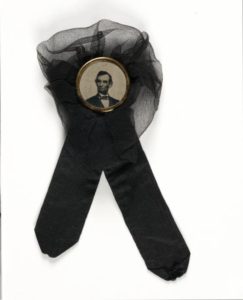 April 14, 1865, had been a busy day for Abraham Lincoln. The previous week he had walked through Richmond, arriving back in Washington to a telegram saying the South’s main army would fight no more. On this Good Friday, Lincoln felt rejuvenated, relieved that the war would soon end and he could focus his second term on reconstructing the Union. The day started with a welcome visit. Captain Robert Lincoln, the president’s son, returned to the city in time to join Lincoln for breakfast. Robert brought firsthand witness to the recent surrender of Confederate General Robert E. Lee to Union General Ulysses S. Grant at Appomattox Courthouse. Many formal interviews later (including with former New Hampshire senator John P. Hale, whose daughter Lucy was later discovered to be secretly engaged to John Wilkes Booth), Lincoln held a cabinet meeting in which he related a recurring dream of a ship “moving with great rapidity toward a dark and indefinite shore.”
April 14, 1865, had been a busy day for Abraham Lincoln. The previous week he had walked through Richmond, arriving back in Washington to a telegram saying the South’s main army would fight no more. On this Good Friday, Lincoln felt rejuvenated, relieved that the war would soon end and he could focus his second term on reconstructing the Union. The day started with a welcome visit. Captain Robert Lincoln, the president’s son, returned to the city in time to join Lincoln for breakfast. Robert brought firsthand witness to the recent surrender of Confederate General Robert E. Lee to Union General Ulysses S. Grant at Appomattox Courthouse. Many formal interviews later (including with former New Hampshire senator John P. Hale, whose daughter Lucy was later discovered to be secretly engaged to John Wilkes Booth), Lincoln held a cabinet meeting in which he related a recurring dream of a ship “moving with great rapidity toward a dark and indefinite shore.”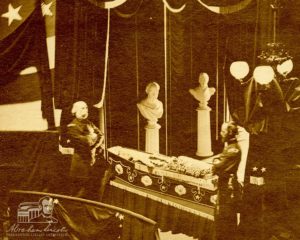 Abraham Lincoln died at 7:22 am on the morning of April 15, 1865. The final chapter in Lincoln: The Fire of Genius is called “Assassination Science.” It starts this way:
Abraham Lincoln died at 7:22 am on the morning of April 15, 1865. The final chapter in Lincoln: The Fire of Genius is called “Assassination Science.” It starts this way: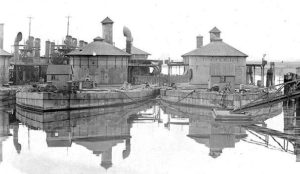 April 14, 1865, Abraham Lincoln’s last day alive, was a busy one. Included was a visit to the ironclad USS Montauk. Days later his assassins would be held on the same ship.
April 14, 1865, Abraham Lincoln’s last day alive, was a busy one. Included was a visit to the ironclad USS Montauk. Days later his assassins would be held on the same ship.
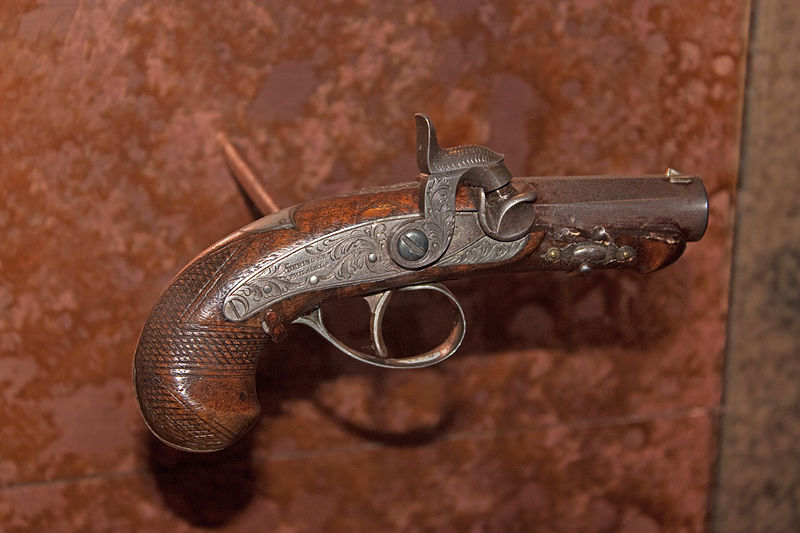 The gun used by Booth was a Philadelphia deringer, a small large-bore pistol fired by loading a percussion cap, some black gunpowder, and a lead ball. Since it can only fire a single shot without reloading, Booth dropped the gun on the floor of the box, slashed Major Henry Rathbone with a large knife, then leaped to the stage. The gun now is on display in the museum of Ford’s Theatre.
The gun used by Booth was a Philadelphia deringer, a small large-bore pistol fired by loading a percussion cap, some black gunpowder, and a lead ball. Since it can only fire a single shot without reloading, Booth dropped the gun on the floor of the box, slashed Major Henry Rathbone with a large knife, then leaped to the stage. The gun now is on display in the museum of Ford’s Theatre.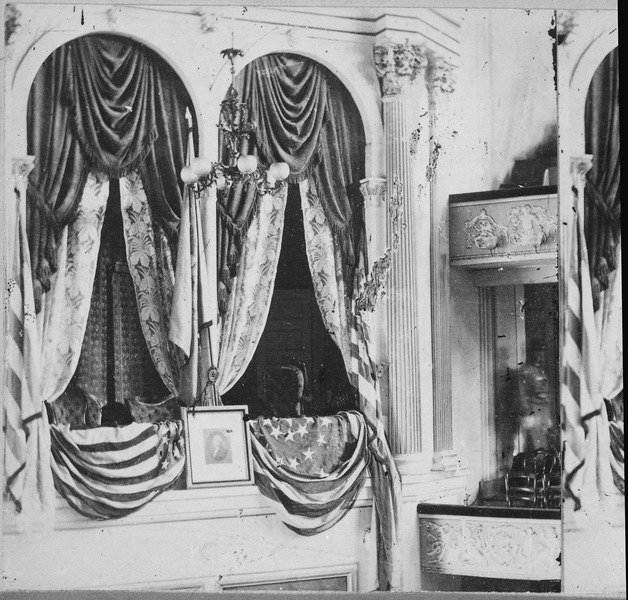
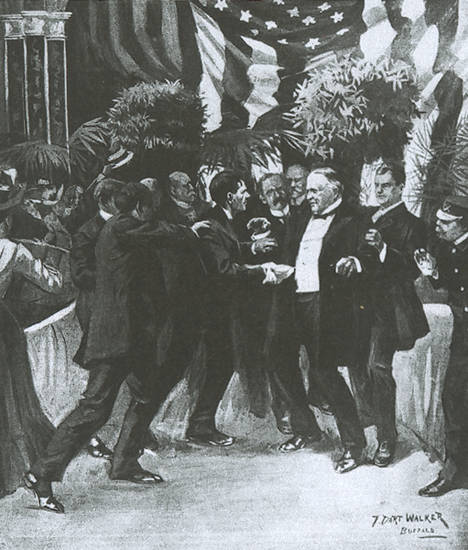
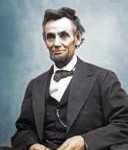 Abraham Lincoln died today. Well,
Abraham Lincoln died today. Well, 
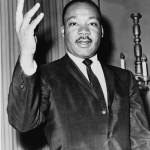 Today is the anniversary of the 1968 assassination of Dr. Martin Luther King, the famed civil rights leader. He was shot April 4th while standing on the balcony outside his room at the Lorraine Motel in Memphis, Tennessee. Dr. King’s contributions and impact on American society are well known, and yet immeasurable. The following short YouTube clip explains the assassination well:
Today is the anniversary of the 1968 assassination of Dr. Martin Luther King, the famed civil rights leader. He was shot April 4th while standing on the balcony outside his room at the Lorraine Motel in Memphis, Tennessee. Dr. King’s contributions and impact on American society are well known, and yet immeasurable. The following short YouTube clip explains the assassination well:






